Spring is a time of intense activity for humans and plants. One very important job that shouldn’t be forgotten is feeding plants.
Plants are like humans in that they need not just food but the right type of food to survive and function well. Spring is a great time of the year to get into a routine of feeding them all. However, it’s not just about flowering plants, but lawns, fruit and veg and spring bulbs as well as your container and houseplants.
Understanding feed
It can be a bit puzzling standing in front of a shelf full of different plant feeds. So, here are a few facts to help you choose the right product for your plants.
You’ll often see these initials on the labels of general plant fertilisers with a number next to each initial. The three letters stand for Nitrogen, Potassium and Phosphorous, the three main nutrients needed by plants.
The numbers indicate the percentage of each nutrient within the packet. Therefore, if you see N10 : P10 : K10 that means the product has an equal amount of each nutrient in it.
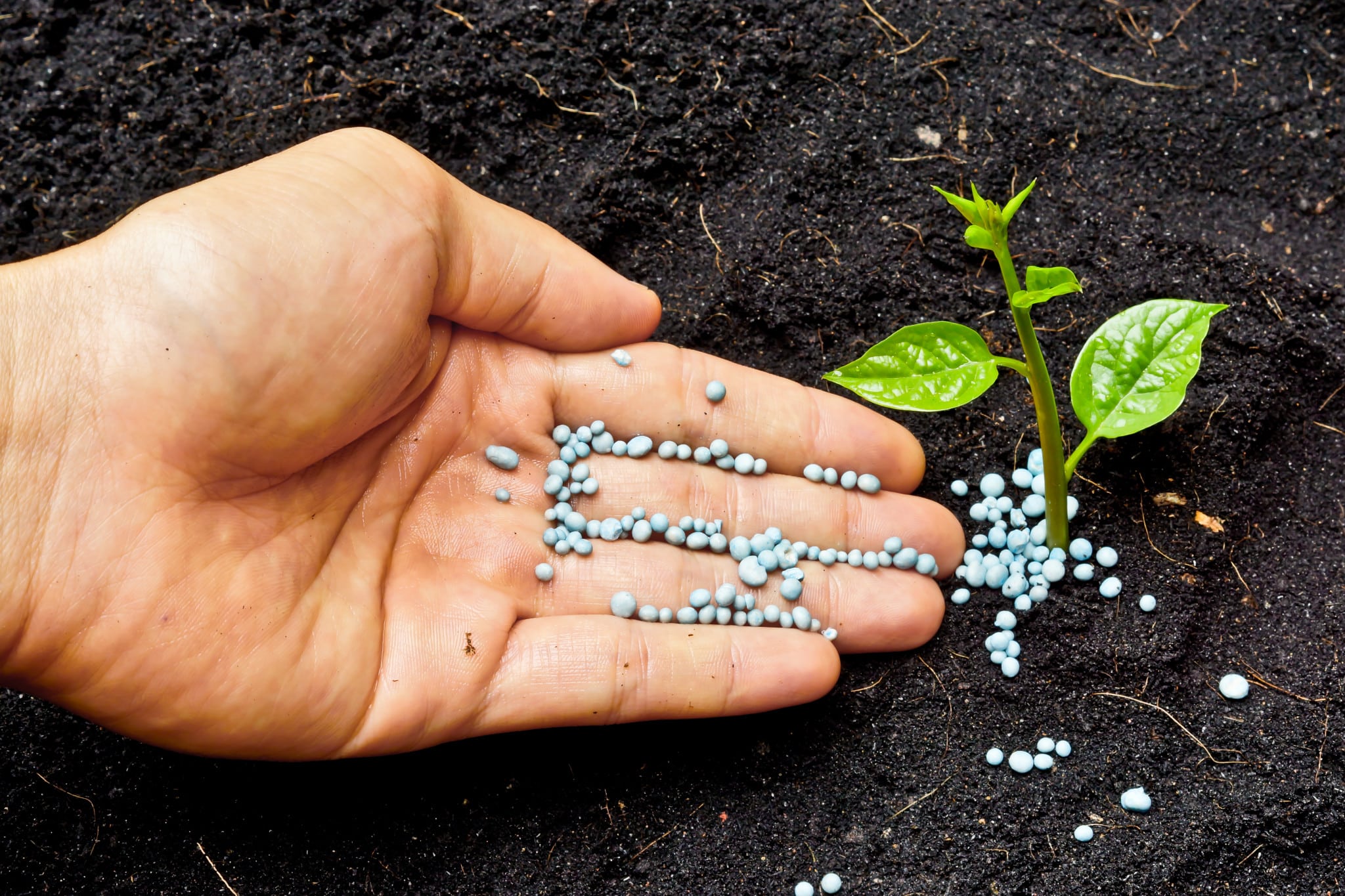
Nitrogen is needed by leafy plants and veg like lawn grass and cabbages. If you wanted to feed your lawn or your leafy veg, look for a plant food that has a higher number next to the N initial than the P and K numbers. For example N30 : P5 : K5.
Potassium helps plants produce more flowers and fruit. When your ornamental plants, fruit and veg start to flower, this is the time to switch from a high nitrogen to a high potassium feed.
Phosphate helps plant roots develop. Therefore, it’s ideal to have high phosphate feed if you’ve recently moved an established plant or planted a tree.
Now that the nutrient puzzle has been demystified, it’s just a case of understanding why certain plants need feeding and how best to do it as well as when to do it.
Feeding lawns in spring
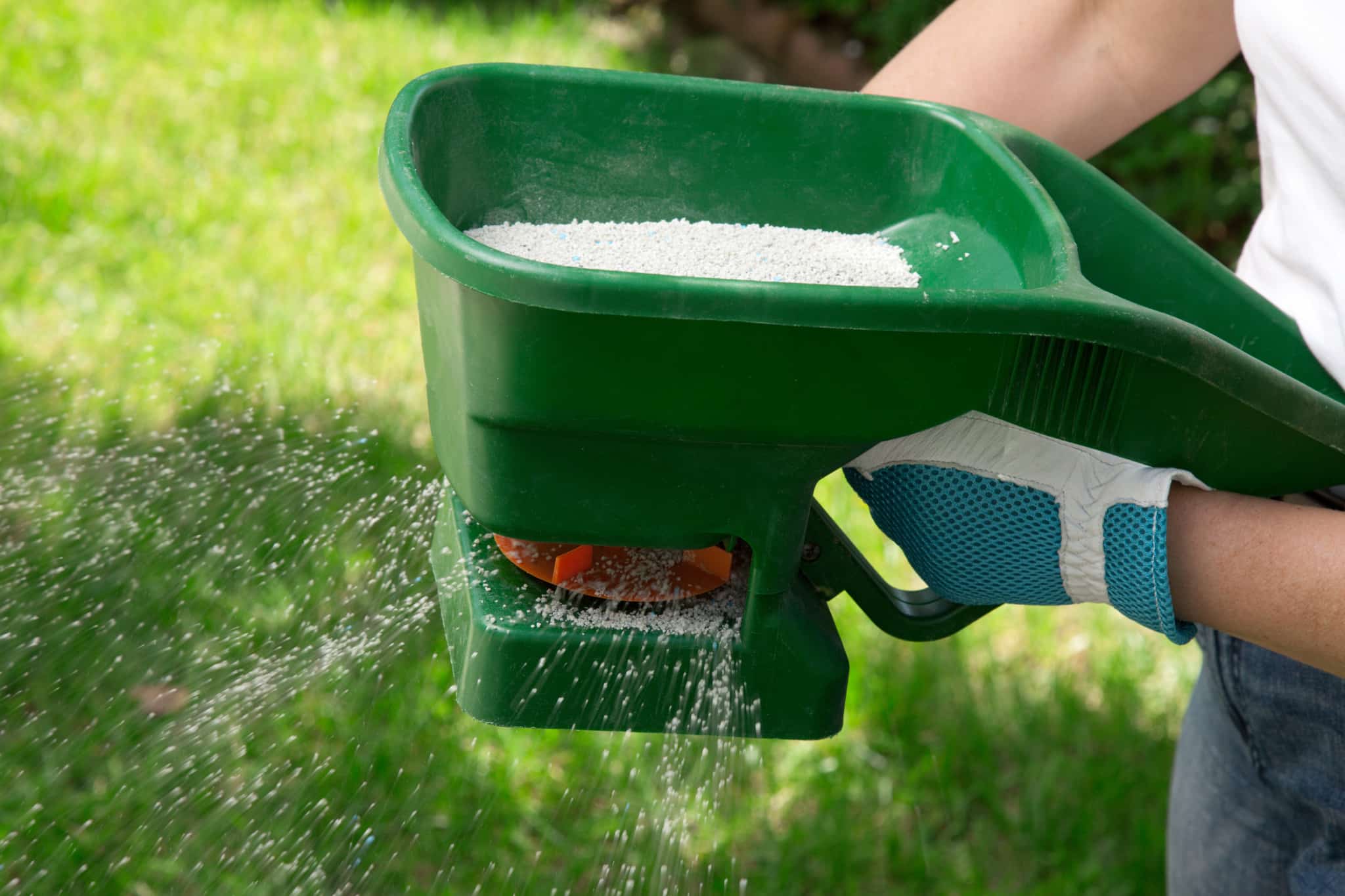
We are a nation of lawn lovers. There is something so aesthetically pleasing about a freshly mown lawn with the edges neatly clipped. But if your lawn mower has a collection bag attached, you’re not only removing the cut grass but also some of its fertility.
Spring is a good time to give the lawn a high nitrogen feeding boost just before the grass starts to grow away in earnest. Lawn feed is available in granular and liquid forms.
Flowering plants
Plants will reward you by pumping out extra flowers if you’re able to give them weekly high potassium feed once they start to flower in spring.
Also, remember to remove the flowers once they’ve finished as this will send a signal to the plant to produce more.
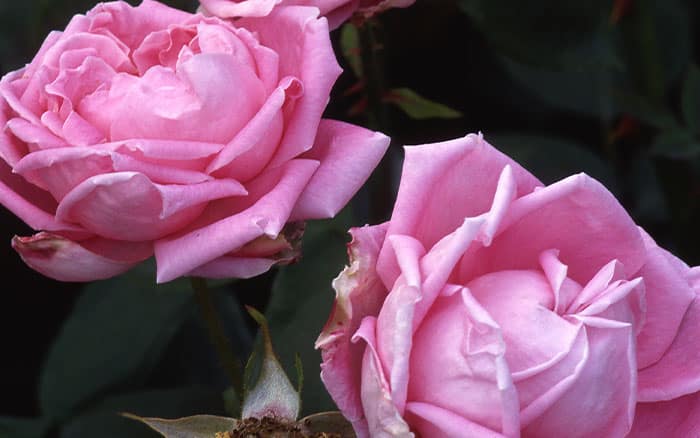
Container plants
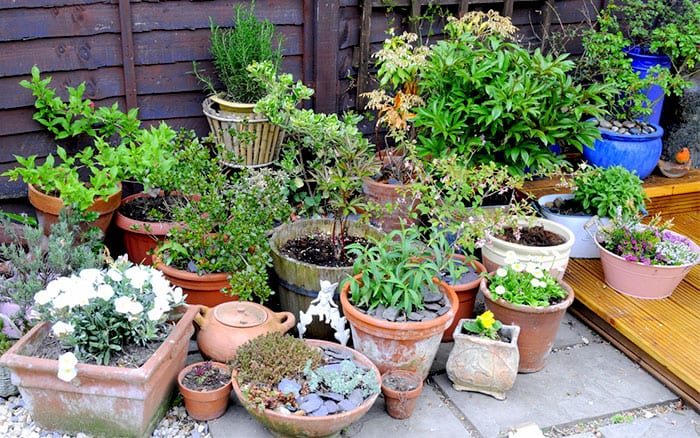
Plants in containers are totally dependent on us for food and water. It’s important to regularly feed them because the nutrients in compost only last around 6 to 8 weeks.
Slow-release fertilisers are good long-term feeders for container plants. Sold in granular form, it’s a good idea to mix them in with fresh compost when topping up or replacing the existing compost in your containers.
This is because they’re formatted in such a way to slowly release their nutrients to the plants over a period of around 6 months.
As well as those three main nutrients, plants also benefit from an occasional dose of multi-nutrients, a bit like us humans taking multi-vitamin supplements.
Seaweed feed is great for general purpose health because it contains small amounts of many other nutrients and is available in many garden centres and online.
Give your plants a seaweed tonic at this time of the year and, when the plants start to flower, feed them weekly with a high potassium fertiliser, ideally in a liquid format so the plant roots can immediately absorb it.
Feeding bulbs
Bulbs are different to trees and other types of plants as they make and store their energy and growing resources in the bulb the year before they flower.
So, it’s important to give them a feed after they’ve finished flowering and before their leaves die down. This will help the bulb increase in size to give hopefully an even better display the following year.
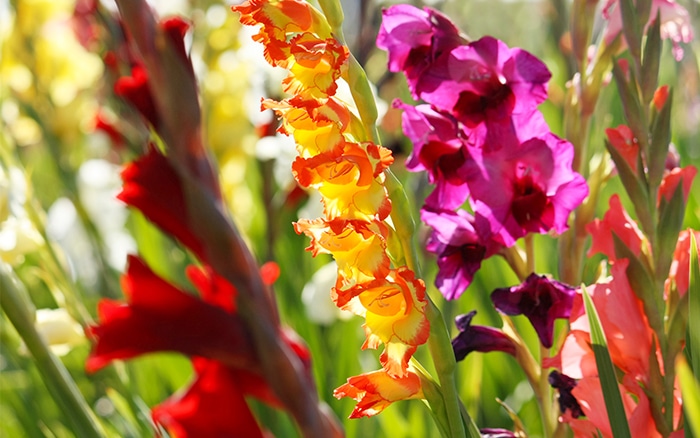
Happy houseplants
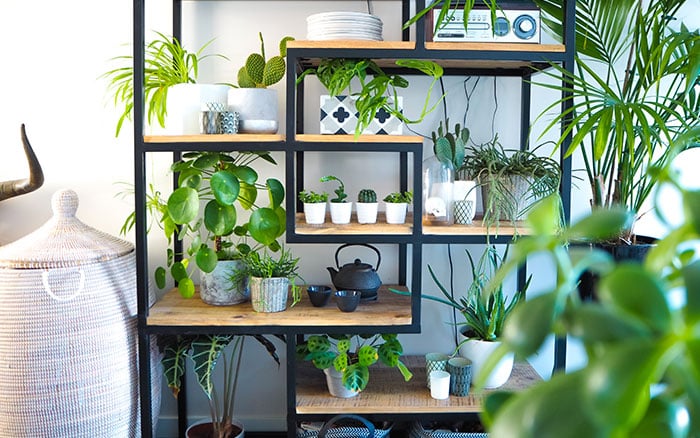
Don’t forget about these plants on your spring feeding agenda. Many houseplants go through a period of dormancy during the winter months and spring is the time when they start to grow again.
This is your cue to not only restart watering but to feed too with either liquid fertiliser or, in some circumstances, slow-release granules. The amount you give them does vary with the type of houseplant. For houseplant inspiration and guidance on how to care for your indoor garden best, check out my book My Houseplant Changed My Life.

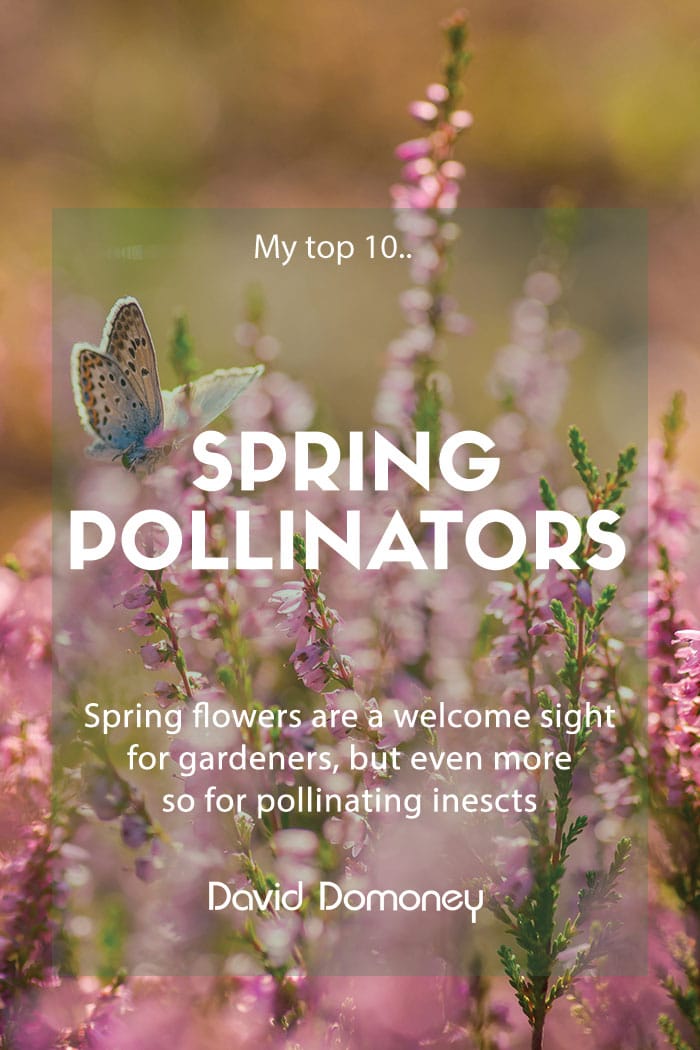
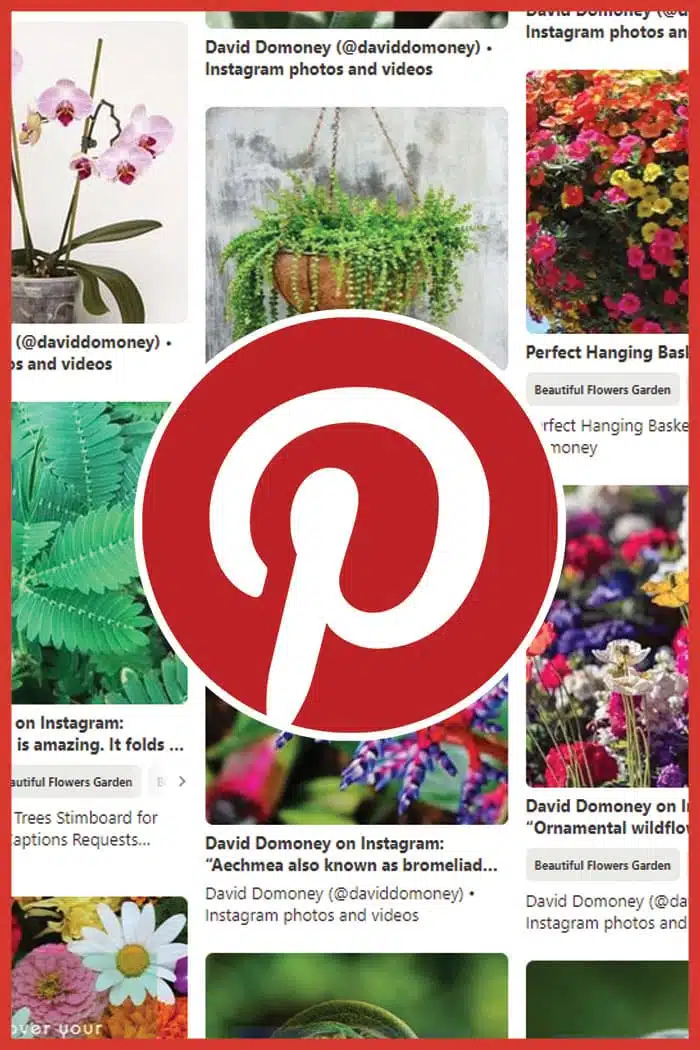

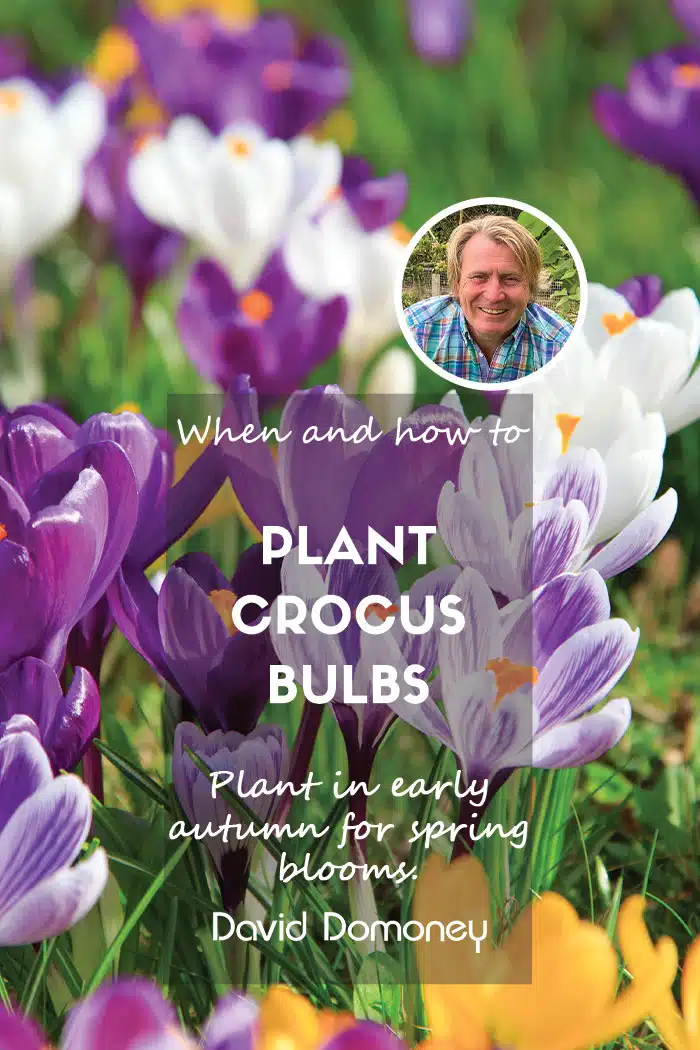
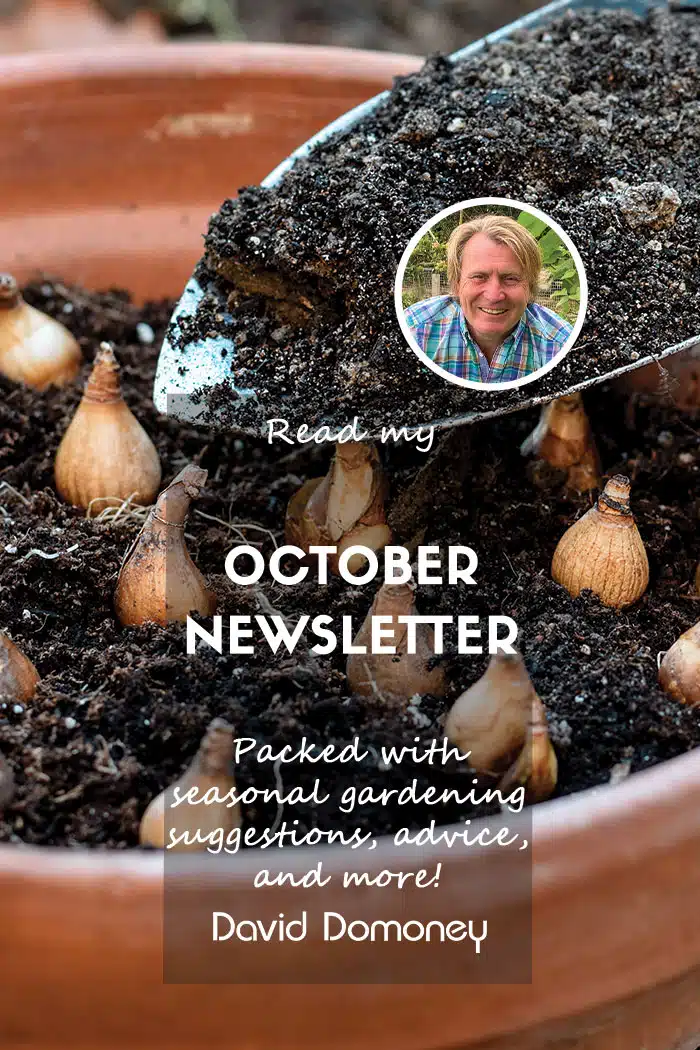
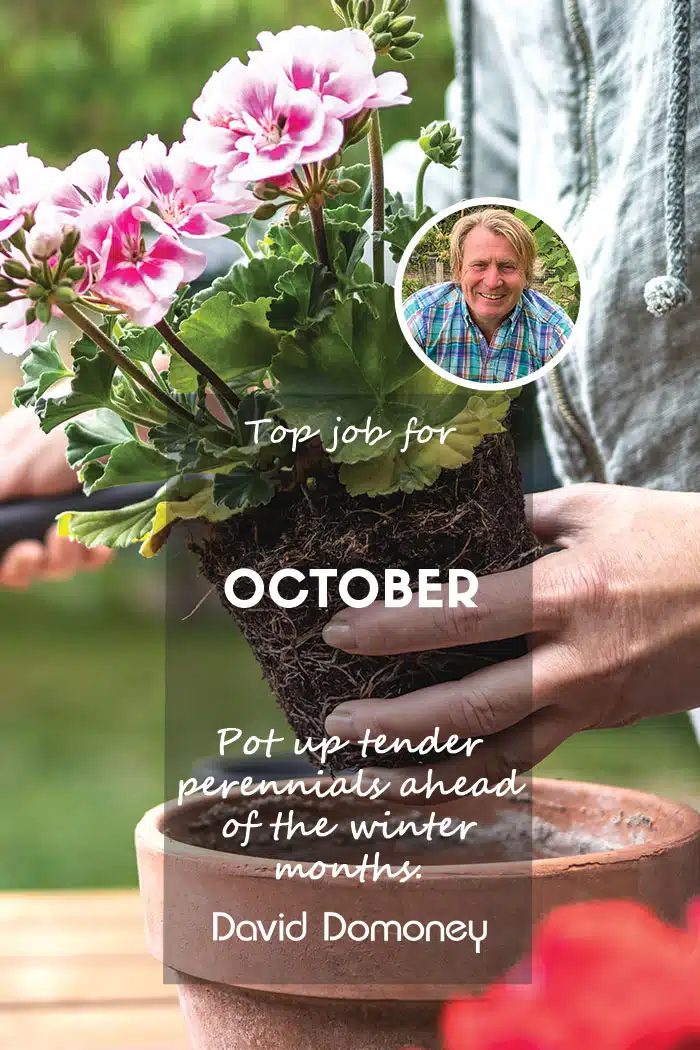
I would love to win this, better still my fruit trees would like me to win it.